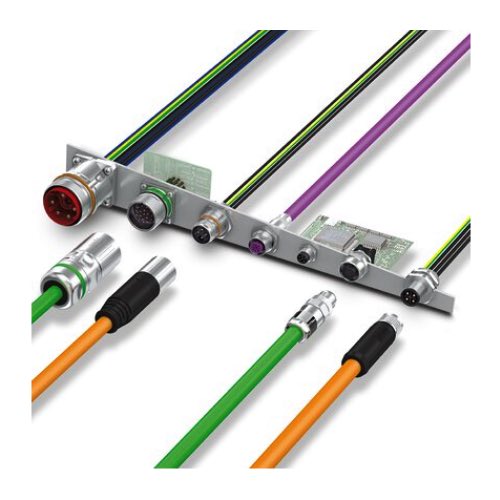Circular Connectors

Circular connectors are versatile electrical components designed to provide secure and reliable connections for power, signal, and data transmission in industrial, commercial, and aerospace applications. Their circular form factor allows for easy mating, consistent contact alignment, and dependable locking mechanisms, making them well suited for systems that demand durability and long-term performance.
Built to withstand harsh operating conditions, circular connectors are engineered to resist vibration, mechanical shock, moisture, and extreme temperature variations. These characteristics make them commonly used in industrial automation, robotics, outdoor communication systems, transportation equipment, and heavy machinery where connection integrity is critical to overall system reliability.
Circular connectors are available in a wide range of configurations, including various contact arrangements, housing styles, materials, and sealing options. This flexibility allows them to support diverse applications such as control systems, serial communication networks, PCB connections, and medical equipment. Their compact, space-efficient design enables high contact density without excessive panel space, supporting modern equipment and enclosure layouts.
FAQs
Q: What are circular connectors used for?
Circular connectors are used to provide secure electrical connections for transmitting power, signal, and data in industrial, commercial, and harsh environment applications.
Q: Are circular connectors suitable for robotics applications?
Yes, circular connectors are designed to operate within the temperature ranges and mechanical conditions commonly found in robotics, including vibration and continuous motion.
Q: Can circular connectors be used in harsh or outdoor environments?
Many circular connectors are designed with environmental sealing and rugged housings that make them suitable for outdoor, washdown, and harsh industrial conditions.
Q: What configuration options are available for circular connectors?
Circular connectors are available with multiple contact arrangements, housing materials, shell sizes, and sealing options to meet specific electrical and environmental requirements.
Q: Do circular connectors support serial communication standards?
Yes, circular connectors are commonly used in serial communication applications, including RS-232 and RS-485 systems, supporting reliable data transmission in industrial environments.
Why Buy Circular Connectors from RSP Supply
RSP Supply offers a broad selection of circular connectors designed for industrial automation, robotics, communication, and harsh environment applications. Our inventory includes multiple configurations, materials, and sealing options to support reliable system design and long-term performance. Customers rely on RSP Supply for dependable sourcing, technical product expertise, and industrial-grade connectivity solutions.

